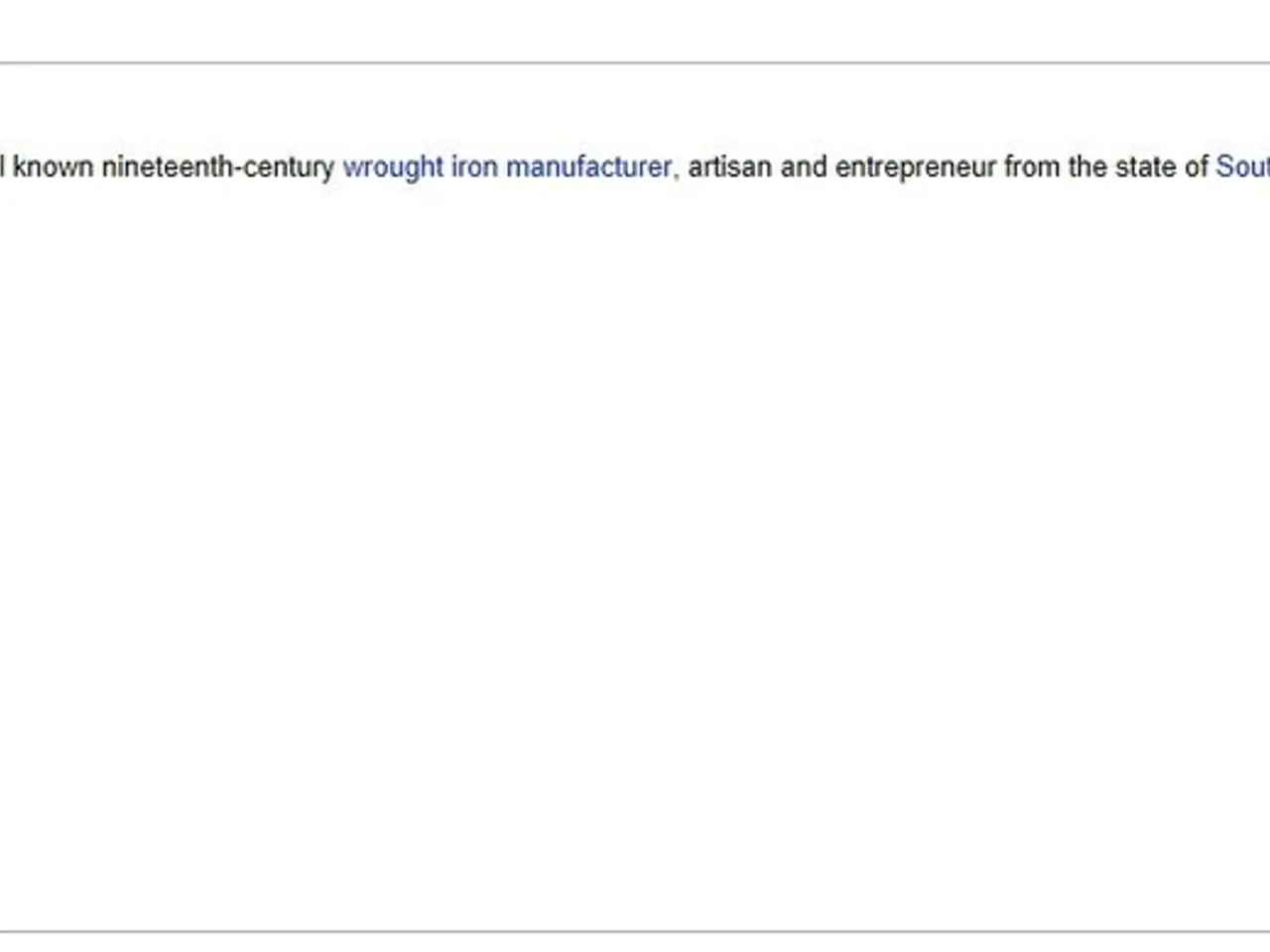China's 996 Work Culture Likely Won't Secure Victory in Workplace Trends of Tomorrow
In the rapidly evolving world of work, the traditional 9-to-5 workday is being challenged by a new work culture known as the 996 (working from 9 a.m. to 9 p.m., six days a week). However, recent studies suggest that this work culture may not be the best approach for today's workforce, particularly for the younger generations.
The new social contract recognises that people want integration, control, and their work to reflect their values, not consume them. This contrasts with the 996 culture, which focuses on presence, control, and forcing performance, rather than allowing people to choose their work and find meaning in it.
While the 996 culture increases total hours at work, it does not reliably increase actual productivity or innovation. The focus is on physical presence and endurance, rather than sustained mental performance. Productivity tends to suffer as exhaustion and burnout grow over time.
Employee commitment initially seems strong, particularly among younger workers inspired by tech legends. However, this enthusiasm can quickly wane as long hours strain personal lives, leading to disengagement or turnover. Job satisfaction declines under 996 schedules. The inability to maintain work-life balance, chronic fatigue, and stress contribute to dissatisfaction.
For Gen Z and millennials, these issues are particularly significant. These generations often value meaningful work-life balance and mental health more than mere financial incentives or traditional loyalty norms. The glorification of gruelling hours is countered by growing awareness of burnout risks and expectations for fairer workplaces. For many in these cohorts, sustained 996 leads to lower morale and increased flight risk.
The 996 model may also create internal disparities, with a small group of "dedicated" employees bearing the brunt, fostering resentment or divisions in commitment and morale across the workforce.
In conclusion, while working long hours is not inherently wrong, forcing long hours through schedules like "996" is not effective. The best workers value alignment over hours, giving their time when their work aligns with their purpose, learning, growth, or financial security. Leaders who focus on fostering a culture of meaningful work, with a focus on integration, control, and purpose, are more likely to attract and retain the best talent, and create a happier, more productive workforce.
- Science reveals the new social contract prioritizes integration, control, and aligning work with personal values, contrasting with the 996 culture that emphasizes presence, control, and performance.
- In the future of work, business leaders must prioritize employee wellness, such as workplace-wellness and health-and-wellness, to reduce burnout and boost productivity.
- To foster engagement and improve work-life balance, career paths should offer meaningful work, where individuals can find personal fulfillment, purpose, and financial security beyond long hours.
- By adopting a leadership style that values employee needs, such as importance of community, work-life balance, and mental health, companies can create a collaborative and productive workforce in the landscape of AI, race, and the race for racial equity in the workplace.




